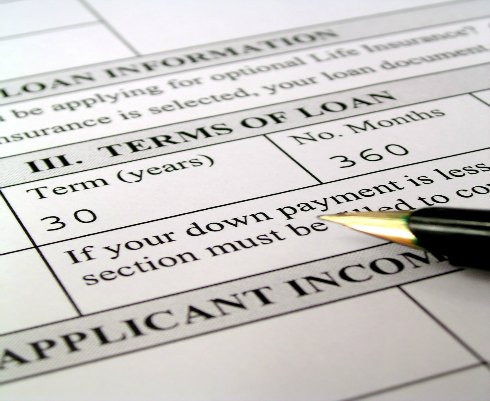
As long as most of us can remember, Black communities have taught and believed that a college education is the key to social and economic advancement. But according to a new research and policy brief by Brandeis University scholars, that long-held belief is only one of several factors affecting Black America’s ability to build wealth.
After Brandeis University’s Institute on Assets and Policies traced 1,700 working Americans households over 25 years, the researchers found that the wealth gap between White and Black families nearly tripled, increasing from $85,000 in 1984 to $236,500 in 2009. For each dollar in income increase during these years, White wealth grew $5.19 while Black wealth growth amounted to 69 cents.
“Our analysis found little evidence to support common perceptions about what underlies the ability to build wealth, including the notion that personal attributes and behavioral choices are key pieces of the equation,” said the report by the Brandeis’ Institute on Assets and Social Policy (IASP). “Instead, the evidence points to policy and the configuration of both opportunities and barriers in workplaces, schools, and communities that reinforce deeply entrenched racial dynamics in how wealth is accumulated and that continue to permeate the most important spheres of everyday life.”
The report ranked the biggest drivers of America’s racial wealth gap:
- Years of homeownership;
- Household income;
- Unemployment;
- College education and
- Inheritance/other financial support
On average, White families became homeowners eight years earlier than Black families. Oftentimes inheritance and other financial support favored families with pre-existing wealth. With more White families able to receive family financial assistance, make larger up-front payments for home purchases, they benefited from lowered interest rates and lending costs.
By contrast, Black homeowners were more likely to have high-interest, risky mortgages even when income and credit scores were comparable to those of Whites. As labor market instability tended to affect Black more negatively than Whites, accrued monetary assets became the vehicle to withstand the lack of income and eliminated many opportunities to invest to build wealth. As a result, Black mortgage borrowers became more than twice as likely to lose their homes to foreclosure.
Brandeis also found that for White families, homeownership represents 39 percent of family wealth; but is 53 percent of Black wealth. Because of historic differences in access to credit, the homeownership rate for White homeowners is also 28 percent higher than the same rate for Black families.
The State of Lending in America and its Impact on U.S. Households (State of Lending, https://rspnsb.li/stateoflending) published earlier by the Center for Responsible Lending cited similar Pew data that found from 2000-2010, Black family wealth dropped 53 percent, and Hispanic families lost 66 percent. By comparison, average White household wealth dropped only 16 percent.
According to the IASP report, “The paradox is that even as homeownership has been the main avenue to building wealth for African-Americans, it has also increased the wealth disparity between whites and blacks. . . Wealth in black families tends to be close to what is needed to cover emergency savings while wealth in white families is well beyond the emergency threshold and can be saved or invested more readily.”
So is a college education still a part of building wealth?
The answer is still yes. But the rising costs of college and mounting student loan debts together lead to more students – both Black and White – leaving school to earn a steady income before graduation. For Black college graduates, 80 percent begin their careers with student debt. For White college grads, the corresponding debt is 64 percent.
Reflecting on these findings, Tatjana Meschede, the report’s co-author observed, “Public policies play a major role in widening the already massive racial wealth gap, and they must play a role in closing it. We should be investing in prosperity and equity. Instead we are advancing toxic inequality. A U-turn is needed.”
Charlene Crowell is a communications manager with the Center for Responsible Lending. She can be reached at: Charlene.crowell@responsiblelending.org.
